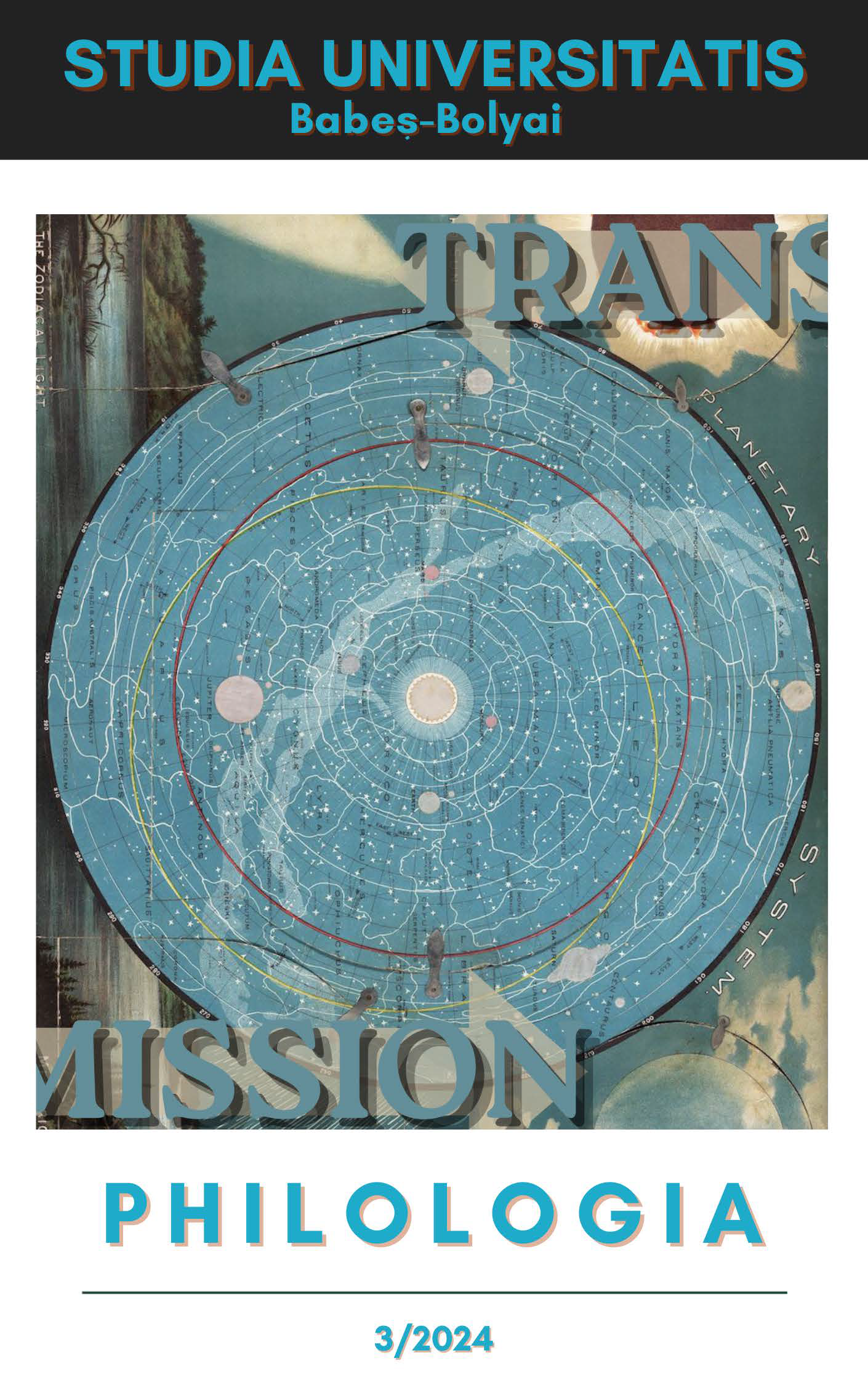INTRODUCTION
Abstract
In a book published in English in 2015, the German media theorist and philosopher Sybille Krämer attempts to provide a model for transmission that preserves the possibility of community without succumbing to notions of communication as the imposition of sameness. As Krämer insists, it is essential to safeguard the difference that emerges during the process of transmission, defined as “an external, corporeal, and material process that can be conceived as a kind of embodiment” which is “also associated with a ‘disembodiment’—namely, the way in which media ‘become invisible’ in their (interference-free) usage” (75). Transmission “lets appear”, or makes difference perceptible, and as such renders culture and community possible, in Nancean terms, as loci of both connection and separation. According to Krämer (and many others), transmission does not amount to neutral repetition of information, but implies “creativity,” distortion and noise, which means transformation is just as important as reiteration. Krämer’s model successfully reminds us that transmission, through the persistence of the medium—whose materiality, even if self-effacing, never ceases to intrude—makes the world manifest. As contemporary novelist Tom McCarthy put it in his essay titled Transmission and the Individual Remix, “[i]n the beginning is the signal,” and literature’s work is to fix our attention to it, encouraging us to “listen in on listening itself” (McCarthy 2012, section ii).
Downloads
Published
How to Cite
Issue
Section
License
Copyright (c) 2024 Studia Universitatis Babeș-Bolyai Philologia

This work is licensed under a Creative Commons Attribution-NonCommercial-NoDerivatives 4.0 International License.





 ©Studia Universitatis Babeş-Bolyai Philologia. Published by Babeș-Bolyai University.
©Studia Universitatis Babeş-Bolyai Philologia. Published by Babeș-Bolyai University.